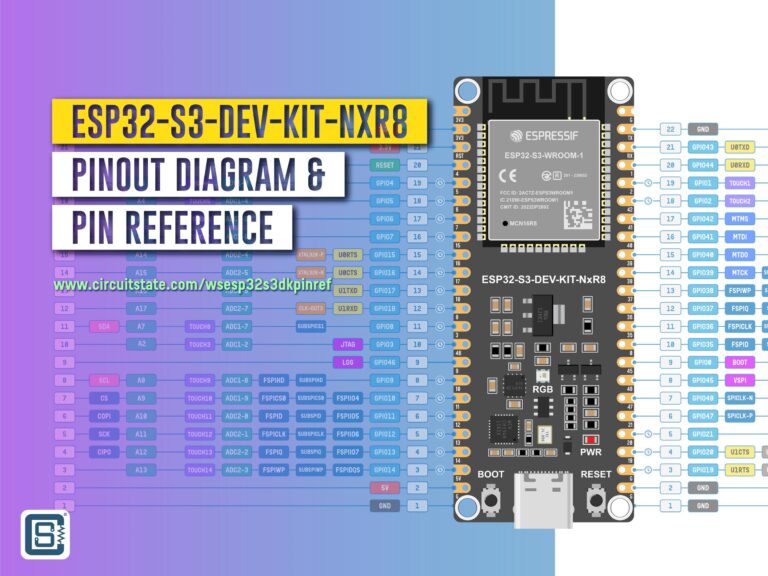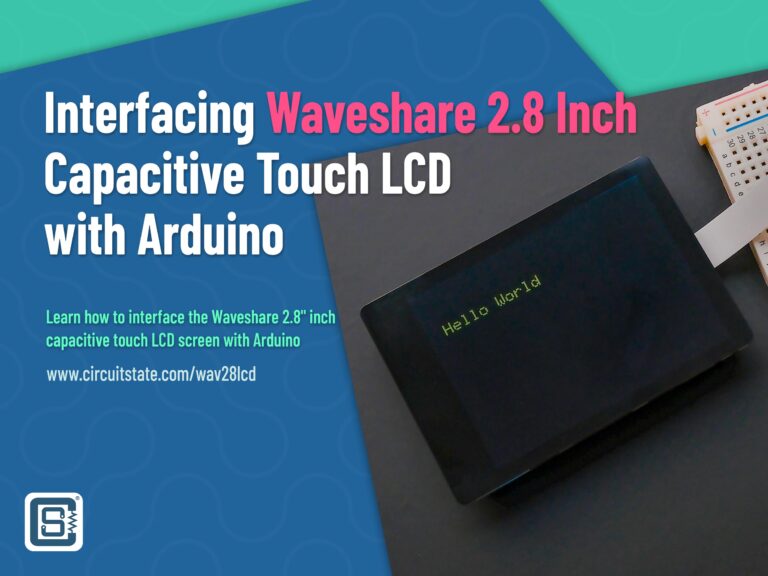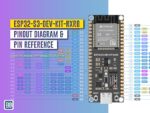Espressif Expands their RISC-V Portfolio with new ESP32-H2 Thread+Zigbee+BLE SoC
Espressif has announced a new RISC-V SoC called ESP32-H2 with IEEE 802.15.4 (Thread & Zigbee) and BLE 5.2 capabilities. The product is aimed at Smart Home and IoT applications.

Semiconductor company Espressif Systems expands their RISC-V product portfolio with the addition of a new SoC to their ESP32 family. The new offering is the ESP32-H2, an IEEE 802.15.4 and Bluetooth Low Energy (Bluetooth 5.2 LE) capable single core RISC-V System-on-Chip. The standard IEEE 802.15.4 defines low-power and low-rate communication over ISM radio bands. It serves as the basis for many Low-Rate Wireless Personal Area Network (LR-WPAN) protocols like Zigbee, Thread and 6LoWPAN.
LR-WPAN technologies form the wireless networking and communication backbone for devices that are spread in a smaller area like a home. Such applications can include home automation devices like sensors, smart appliances, smart lighting and HVAC systems. With the help of an internet gateway, these devices can form the Internet of Things (IoT) network. The low-rate yet reliable communication comes with the advantage of low power consumption and efficient use of the spectrum. The ESP32-H2 supporting Thread, Zigbee and BLE 5.2 for short range communication, makes it an ideal option for combined LR-WPAN and IoT capabilities that form the basis for Smart Home applications.
ESP32-H2’s single core RISC-V CPU can be clocked up to 96MHz. It has 256KB on-chip SRAM and requires off-chip flash memory for program storage. Peripheral support includes 26 programmable GPIOs with support for ADC, SPI, UART, I2C, I2S, RMT, GDMA and PWM. Multiple cryptographic acceleration blocks are present on the chip for security including ECC-based secure boot, AES-128/256-XTS-based flash encryption.
Bluetooth 5.2 is an active version of Bluetooth 5 standard which is now succeeded by Bluetooth 5.3. 5.2 offers enhanced support for Bluetooth Low Energy applications including Low Energy Audio (LE Audio). Feeling confused? Let’s make it clear.
- Bluetooth 5 is the latest core specification of the Bluetooth wireless technology.
- Bluetooth 5 defines both Classic and Low Energy versions of Bluetooth.
- Bluetooth Core Specification Version 5.3 is the latest of Bluetooth 5 introduced in July 2021. Version 5.2 was announced in January 2020.
- Bluetooth® Classic refers to Basic Rate/Enhanced Data Rate (BR/EDR) – the higher speed Bluetooth we know of from the Nokia era.
- Bluetooth® Low Energy refers to low-power and low-speed communication technology intended for battery powered applications.
- Both Classic and LE use the same 2.4GHz ISM (Industrial, Scientific and Medical) spectrum.
- Devices can support both Classic and LE versions of Bluetooth at the same time or only one of them. Your smart fitness band is likely having the LE implementation only.
You can learn more about Bluetooth 5.2 from this article by Novel Bits. And here’s an infographic from Bluetooth® SIG to better understand the technology ecosystem,

ESP32-H2 only implements the LE version of Bluetooth 5.2, and not the Classic version. BLE 5.2 is a backward compatible (devices that use older versions will be supported by a BLE 5.2 host device) version that adds improved performance and new use-cases. It incorporates features such as,
- Enhanced Attribute Protocol (EATT), an improved version of the Attribute Protocol (ATT)
- LE Power Control
- LE Isochronous Channels
- LE Audio based on 5.2 features.
These are in addition to the existing mesh networking and positioning features. LE Audio is the next generation of low-power and high quality audio streaming with the help of a new Low Complexity Communications Coded (LC3) audio codec. The LE Isochronous Channels allow broadcasting audio to multiple devices and location based Audio Sharing. The LE Power Control improves the efficiency of LE devices allowing longer operating time on battery. With Thread and Zigbee support, Espressif intends to offer the full spectrum of applications of the upcoming Matter connectivity standard created for Smart Home applications.
ESP32-H2 will support Thread version 1.x and Zigbee 3.x versions. As a member of the Connectivity Standards Alliance CSA (formerly Zigbee Alliance), Espressif can offer the latest capabilities of the Matter standard through ESP32-H2. Application development for ESP32-H2 can be carried out using Espressif’s official open source Iot Developement Framework (ESP-IDF) which already supports all of the SoCs from the ESP32 family. The complete specifications, price, information about development boards, modules and availability of ESP32-H2 are yet to be known.
Links
- ESP32-H2 Announcement – Espressif
- IEEE 802.15.4 Standard – Wikipedia
- Bluetooth Low Energy – Wikipedia
- Bluetooth 5.3 Specification
- Bluetooth LE Audio
- ESP Iot Developement Framework (ESP-IDF)
- What’s New in Bluetooth 5.2 – Novel Bits
- Bluetooth Classic vs Low Energy
Short Link
- Short URL to this page – https://circuitstate.com/esp32h2




